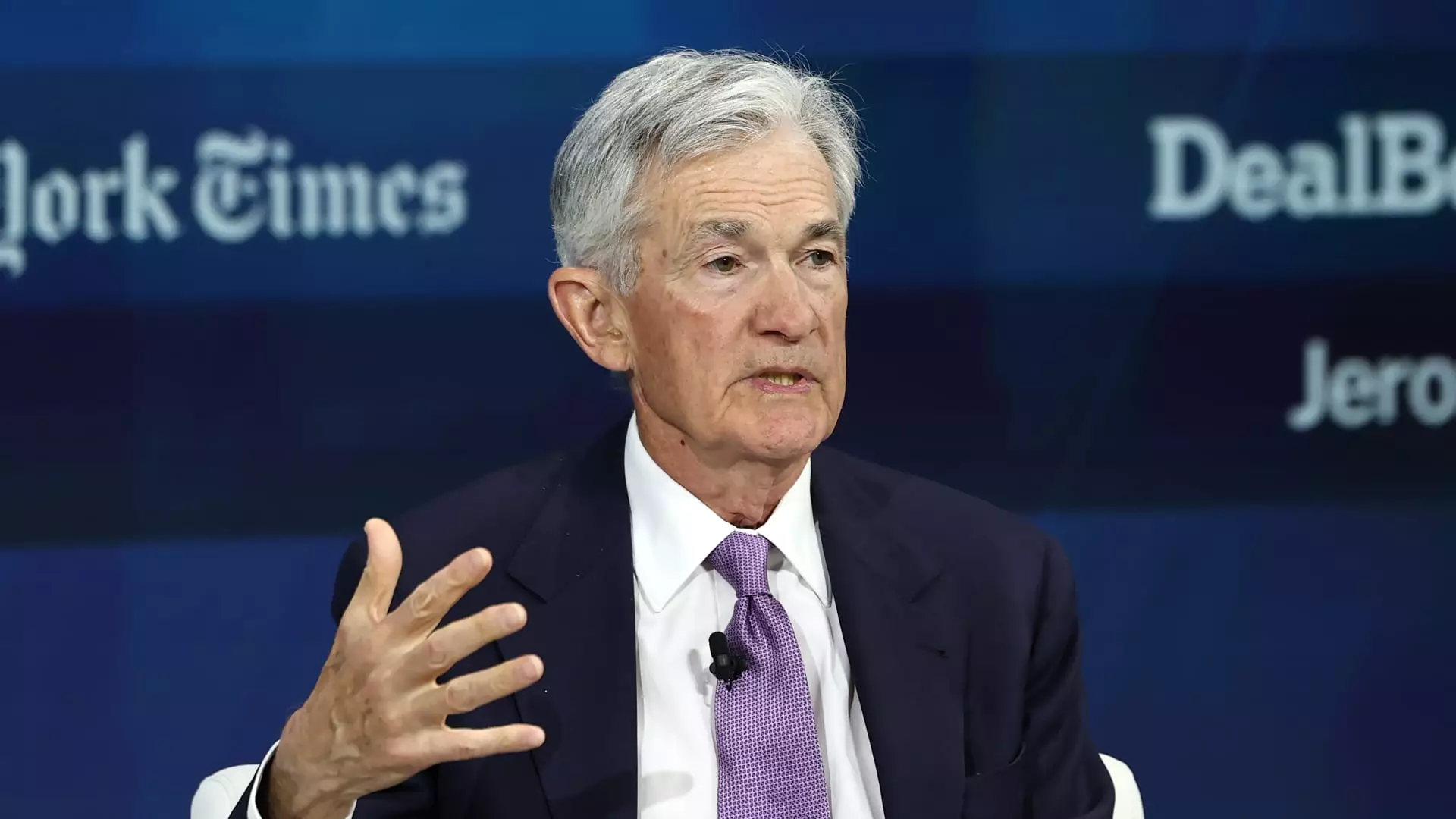The landscape of U.S. monetary policy has drawn attention lately, particularly concerning its independence from political interference. Federal Reserve Chair Jerome Powell has found himself answering questions about the potential influence of a new presidential administration, specifically that of President-elect Donald Trump. Given the tumultuous relationship between Trump and the Federal Reserve during his previous term, there is considerable scrutiny regarding how the incoming administration will interact with the central bank.
The concept of Federal Reserve independence is a foundational aspect of the institution’s function. It involves the Fed’s ability to make decisions without outside political pressures altering its course. Powell articulated the importance of this autonomy during an interview at the New York Times’ DealBook Summit, asserting that the Fed operates under a framework designed to withstand political winds. This independence allows the Federal Reserve to prioritize its dual mandate of fostering maximum employment and ensuring price stability. The emphasis on decisions being free from political dynasties illustrates a commitment to the integrity of monetary policy over partisan considerations.
However, the concerns raised regarding Trump’s potential approaches to the Fed suggest a challenging intersection of politics and monetary policy. Historical patterns reveal that political figures often try to exert influence over the central bank, and while Powell expressed confidence in the safeguards laid out in the Federal Reserve Act, the reality of political pressure is often more nuanced than legislative frameworks might imply. The notion of a “shadow chair” or alternative mechanisms to influence monetary policy brings to light the delicate balance the Fed must maintain amidst shifting political tides.
Another critical aspect of Powell’s recent commentary focuses on the current economic climate and the forthcoming decisions related to interest rates. Although Powell abstained from providing explicit guidance on the direction of rate changes, his observations on the U.S. economy paint a picture of cautious optimism. He noted that the U.S. economy is seen as “the envy of other large economies around the world,” granting the Federal Reserve the luxury of patience in navigating its monetary policy.
Market expectations are heavily weighted toward a rate cut, with forecasts suggesting the Federal Open Market Committee could lower its key borrowing rate soon. Nonetheless, the cautious approach suggested by Powell indicates an understanding of the complexities involved in adjusting rates too swiftly. It underscores the necessity for the Fed to consider the broader economic implications of its decisions, not merely short-term political advantages or pressures.
Trump’s historical relationship with the Fed has been tumultuous, characterized by vocal criticisms and attempts to reshape the landscape of monetary governance. During his previous presidency, Trump openly challenged Powell, whom he had appointed, creating a historically public and contentious dialogue about the Fed’s operations. Such a relationship raises questions about the potential for future interactions between the Trump administration and the central bank. Given Trump’s past advocacy for presidential influence over Fed decision-making, the resilience of the Fed’s independence may soon be tested once again.
Despite Powell’s assertion of strong congressional support for preserving the Fed’s independence from political maneuvering, the turbulence of recent years reminds policymakers and the public alike that independence is an ongoing negotiation. The commitment of bipartisan congressional members to uphold the sanctity of the Fed’s autonomy will be critical in navigating future political currents.
Jerome Powell’s statements reflect both optimism and caution regarding the Federal Reserve’s path forward amidst a politically charged atmosphere. The future will undoubtedly bring challenges, particularly related to the functioning of a central bank that must balance its critical mission against the realities of political engagement. As the Fed anticipates its next steps, vigilance in preserving its independence will remain crucial to the integrity of U.S. monetary policy. The intersection of politics and economics will continue to demand careful navigation, underscoring the importance of safeguarding the Federal Reserve from the political-tinged controversies that could compromise its foundational independence.

